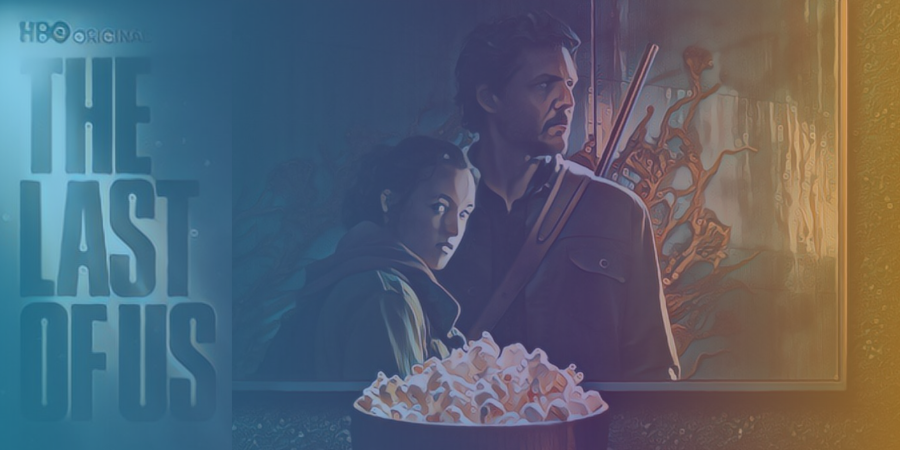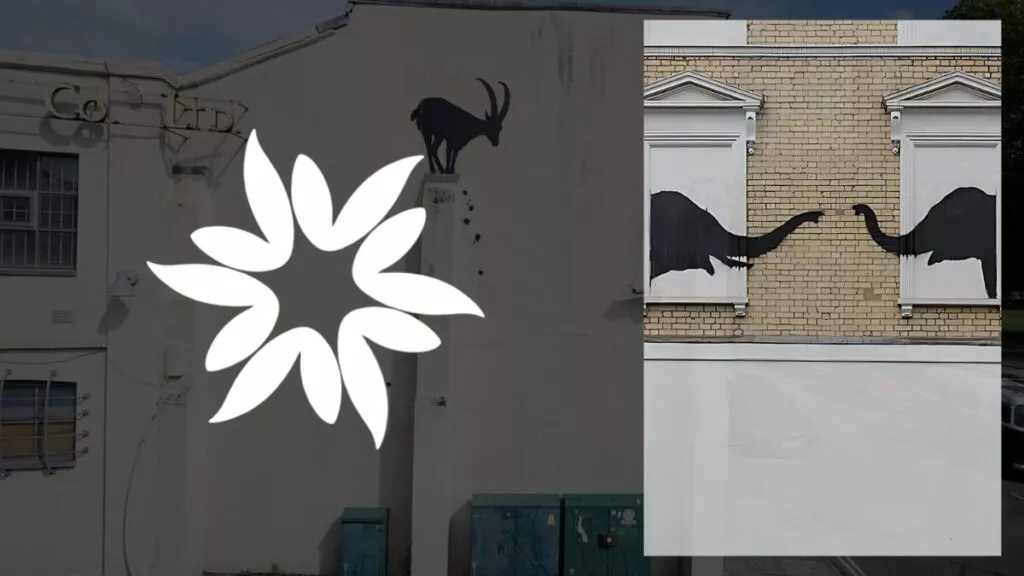While streaming services have prioritized a premium product, it is not a sustainable business model.
As a result, some shows are expected to decline in quality as budgets get tighter.
Streaming Services: The War for Subscribers
Streaming services’ biggest issue currently is the battle for subscribers.
Major players are struggling to find a way to maintain the current number of subscribers, leading to rising subscription prices and the introduction of commercials.
As a result, streaming services are becoming more similar to cable networks that existed before.
Warner Bros. Discovery plans to cut shows from its archives and unfinished movies from HBO Max as it prepares to merge with Discovery+.
Meanwhile, Netflix plans to add an advertising-supported model for a lower price and may crack down on password sharing.
Additionally, Disney Plus, Hulu and ESPN Plus, which can all be subscribed to in a cable-esque bundle, are raising prices after taking a more than $1 billion hit in the fiscal third quarter.
HBO’s Sunday night programming has been a staple in the entertainment industry for over a decade.
However, the streaming world is evolving, and HBO Max is at the forefront of the change.
The impending merger with Discovery+ has caused anxiety for fans of the premium cable network, wondering if it will continue to maintain its identity.
The Last of Us and the End of an Era
As the final episodes of The Last of Us airs on HBO, fans can’t help but feel a sense of dread.
The show feels like the final salvo of a particular era of HBO Sunday night programming, with its genre roots and prestige TV gloss.
Although HBO and its End-of-the-Weekend Bummer Salve lineup aren’t going anywhere, it stands to be one of the last breakout shows to premiere before HBO Max merges with content from Discovery+.
The New Streaming Ecosystem
HBO content chief Casey Bloys is at the forefront of building the new streaming service that combines HBO’s content with Discovery+.
The new uber-streamer will bring much of the company’s content onto one service.
While the platform remains unnamed, “Max” appears to be the front-runner, which Bloys is OK with, given the kinds of shows often associated with HBO.
The goal is to “preserve and protect the HBO brand,” according to Bloys.
Preemptive Nostalgia
Many HBO shows, including beloved sci-fi series like Westworld, have already been shelved on HBO Max.
As the newly formed operation goes through a lot of changes, it’s easy to worry that the experience of watching HBO Max isn’t long for this world.
This preemptive nostalgia might be a bit overwrought, but the popularity of The Last of Us signals that watching HBO in any incarnation has stayed pretty consistent.
The Future of HBO
HBO’s identity has been ascribed to a cable network, but it’s clear that the network’s streaming service has evolved into something more.
With the upcoming merger with Discovery+, fans are left wondering what the future holds for the HBO brand.
The Future of Streaming
The future of streaming remains uncertain, with a likely return to cable-like services.
The introduction of commercials, rising subscription prices, and censorship issues are becoming increasingly common.
The need to cut costs to maximize profits will also likely hinder creativity, as streaming services move towards familiar practices.
The streaming revolution appears to be coming to an end as major players are losing money, and it becomes more challenging to find ways to make the services profitable.
In conclusion, streaming services are facing an existential crisis, as the revolutionary zeal that drove its initial expansion fades.
The battle for subscribers, coupled with the need to cut costs and maximize profits, is leading to censorship and declining creativity.
The future of streaming services remains uncertain, with a likely return to cable-like services.








